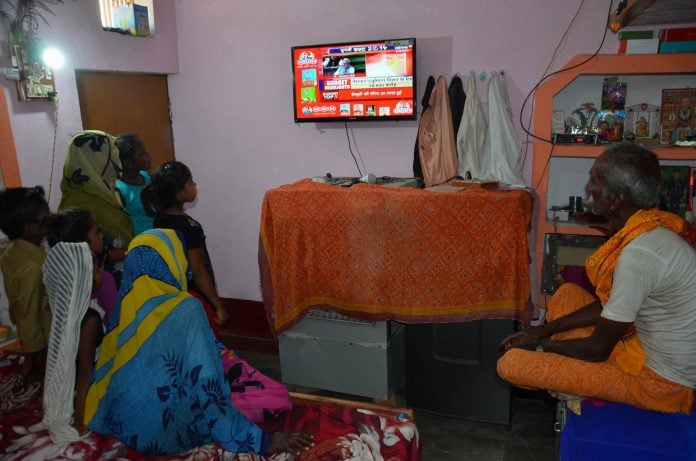
Some recent studies on the dramatic changes in media consumption after the outbreak of the coronavirus and lockdown periods enforced across the world, show interesting trends. An in-depth survey by Katie Jones, a writer at Visual Capitalist, quoted a Global Web Index finding that over 80% of those surveyed in the U.S. and UK say they consume more content since the outbreak, with broadcast TV and online videos (YouTube, TikTok) being the primary mediums across all generations and genders. That trend is repeated in most other countries, according to other surveys. In fact, the Global Web Index survey found that 68 per cent of media consumers across all generations spent time searching for Covid-19 news and updates.
The outliers are Generation X (the demographic group following the baby boomers and preceding the Millennials, born between 1965 to 1980) who are the only generation more likely to be listening to music and watching music videos rather than searching for news. In fact, one-third of Gen Xers surveyed said they were considering purchasing Netflix, followed by Disney+. More intriguingly, the TV shows and movies that are popular on Netflix are about pandemics. The Millenials (born in the early 80s) are more likely to be entertaining themselves under lockdown conditions by playing games on their mobiles, computers or consoles. The Millennials, says the report, are also the most likely to be searching for healthy cooking recipes. The Baby Boomers, meanwhile, those between 57 and 64 years old, spend the maximum time watching broadcast TV, a mix of news and entertainment.
With such a blizzard of Covid-related information, briefings, expert opinions and news articles, media consumers across the board tend to view the World Health Organization (WHO) as the most trusted source of information (take that Donald Trump!). Consumers in the UK, however, had greater trust in their government, but that seems to have waned in recent days. Overall, the figures show that government websites and e-mails or tweets are trusted by 49 per cent, much lower than the 61 per cent who put their trust in WHO. In contrast, news channels have a 39 per cent level of trust from media consumers. Media consumption also shows that unlike earlier, when news consumption spiked during morning news and evening prime time shows, post-lockdown, this is fairly constant throughout the day.
Here’s the most sobering statistic regarding media consumption, the kind of sites that a majority of people are accessing. One survey showed an incredible 73 per cent increase in CTR (Click Through Rate) for sites related to careers and jobs, a measure of rising global unemployment and concerns about the financial future of a majority of people of working age. Professional services multinational KPMG has also released an India-specific report titled ‘COVID-19: The many shades of a crisis- A Media and Entertainment Sector Perspective’ which forecasts key trends across all forms of media. The report says due to COVID-19, traditional media could face challenges in the near to medium term, with the likelihood of a long term upward shift in integration of digital technologies into our everyday lives. It also predicts that at-home entertainment options (digital, TV, gaming) will increase “as lockdown behavior results in habit formation.” The phrase habit forming could be the key to media consumption in the post-Covid world, whenever it comes. Right now, what we have is a captive audience, every media outlets dream. For some, if lockdown habits continue, it could mean a fundamental shift in strategy and priorities. In fact, the latest media analysis predicts that the new normal will see a major increase in mobile first news outlets which will be hard for employment in the news business but not, perhaps, for journalism.

